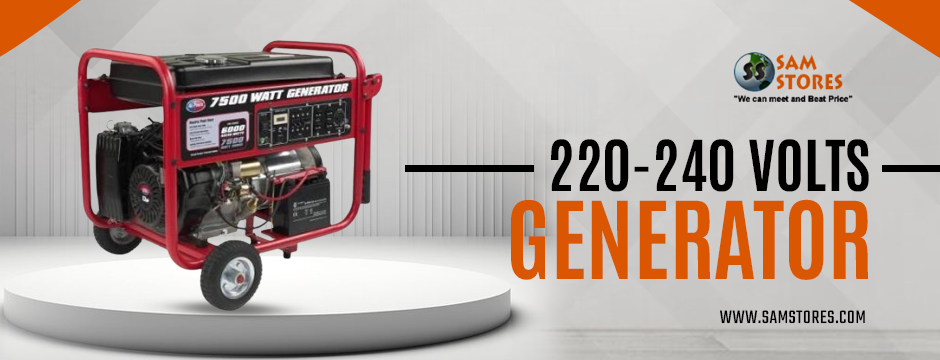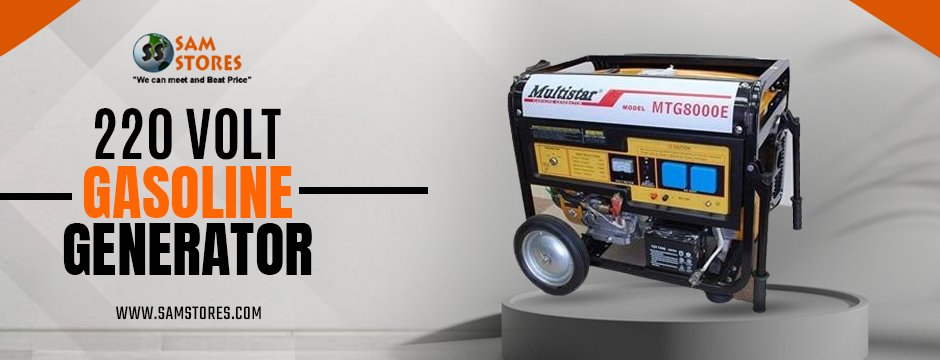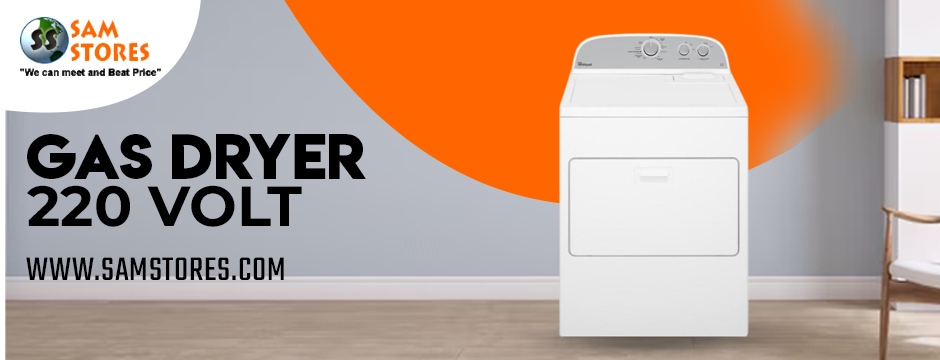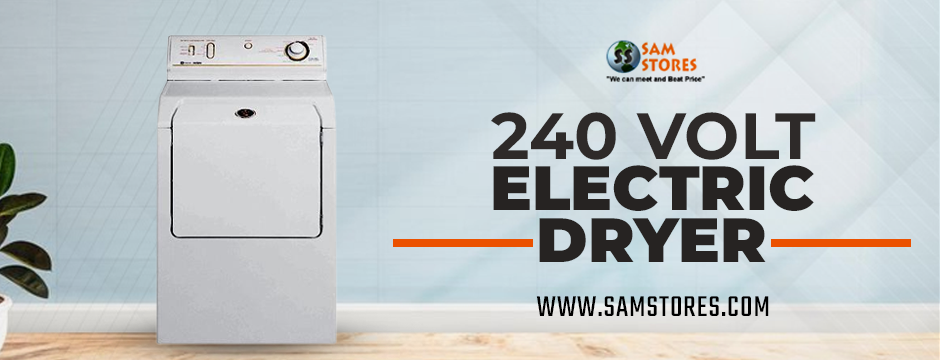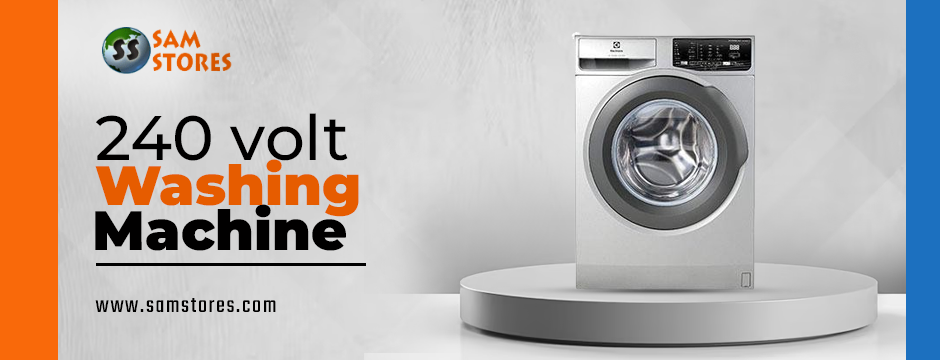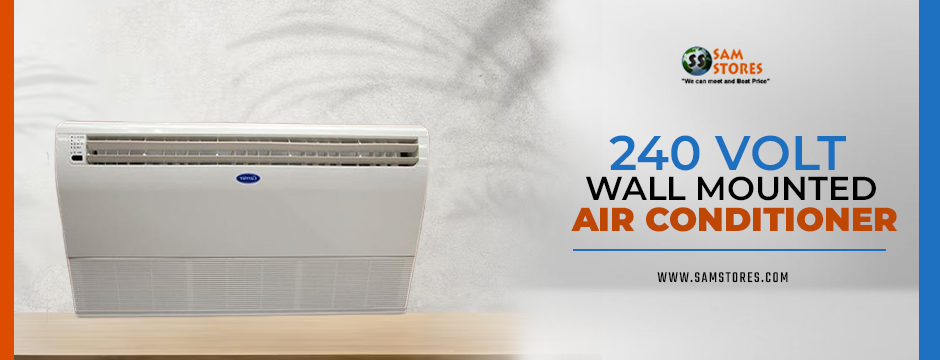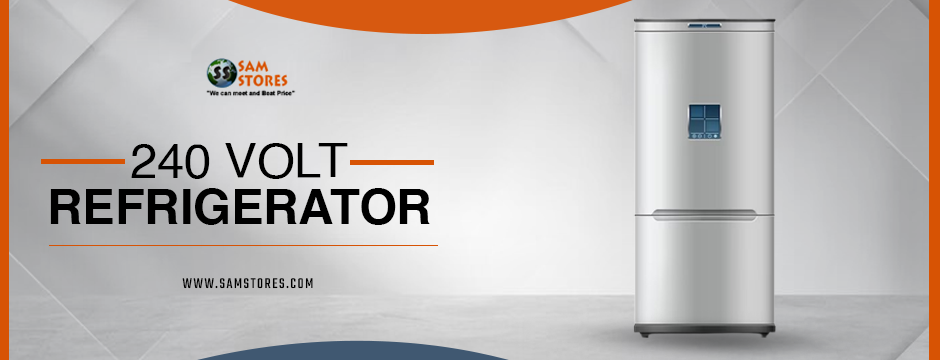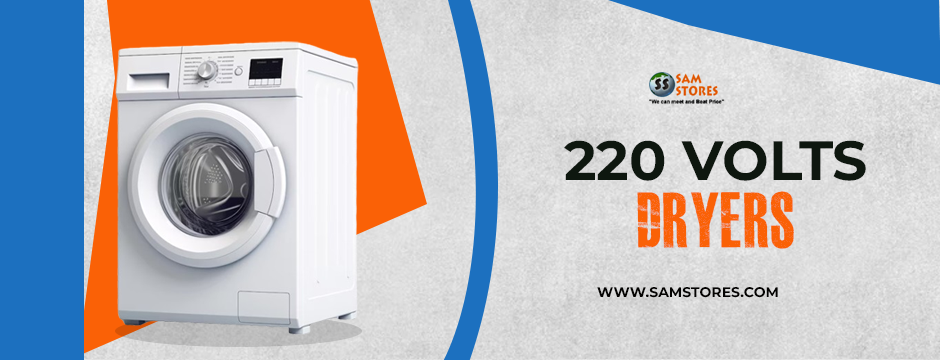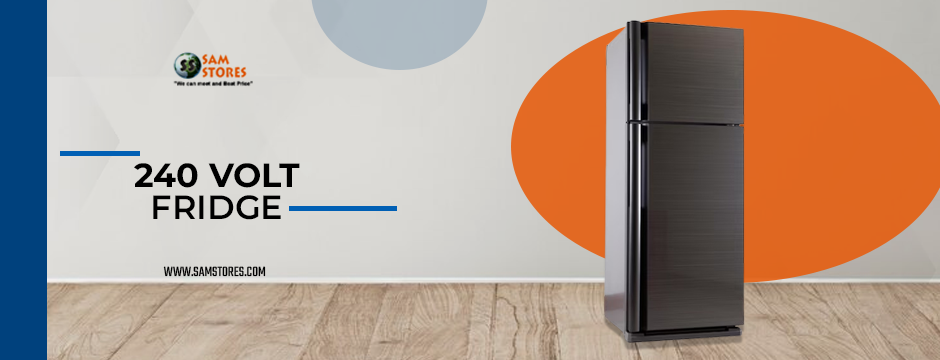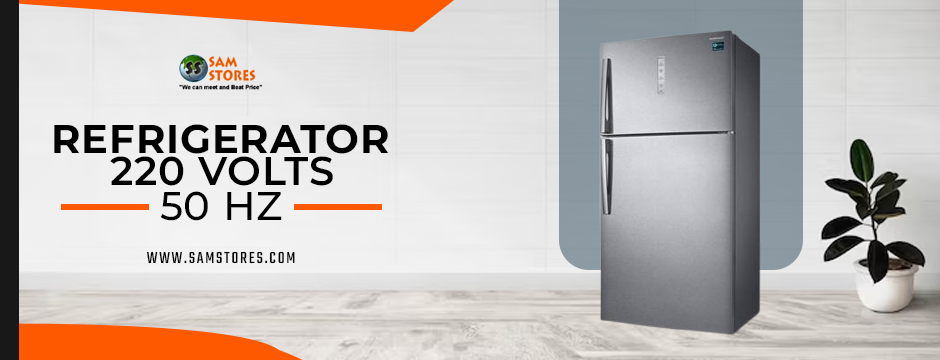In an era where electricity is integral to our daily lives, ensuring a reliable power supply is paramount. Whether for residential use or small business operations, having a dependable generator can be a lifesaver during unexpected power outages or in remote locations where access to the grid is limited. Among the various options available, a 220-240 Volts Generator stands out for its efficiency and ability to meet diverse energy needs. In this blog, we’ll delve into the benefits of such a generator and how it can be a game-changer for both residential and small business settings.
Understanding the Basics: What is a 10.5 KW Single Phase Generator?
Before delving into its benefits, let’s first understand what exactly a 220-240 Volts Generator with 10.5 KW rate power entails. The term “10.5 KW” refers to the power output of the generator, measured in kilowatts. This indicates the amount of electrical power the generator can produce, which in this case, is 10.5 kilowatts.
Additionally, the term “single-phase” refers to the type of electrical output the generator provides. Single-phase power is commonly used in residential settings and smaller businesses, delivering power through a single alternating current (AC) waveform.
Benefits of a 10.5 KW Single-Phase Generator
1. Sufficient Power Output
One of the primary advantages of a 10.5 KW generator is its ample power output. With a rating of 10.5 kilowatts, this generator can comfortably handle the electrical demands of most residential properties and small businesses. Whether it’s powering essential appliances during a blackout or running machinery in a small workshop, this generator provides the necessary power to keep operations running smoothly.
2. Versatility
Despite its high power output, a 10.5 KW single-phase generator remains versatile in its applications. From powering household appliances such as refrigerators, air conditioners, and lights to supporting small-scale industrial equipment like pumps, compressors, and power tools, this generator can adapt to a wide range of energy needs.
3. Reliability
When it comes to generators, reliability is paramount. A 10.5 KW single-phase generator offers the reliability needed to ensure uninterrupted power supply, especially during critical moments such as blackouts or emergencies. Its robust design and quality construction make it a dependable source of backup power, providing peace of mind to homeowners and business owners alike.
4. Ease of Installation
Despite its high power output, the 220-240 Volts Generator is relatively easy to install, making it an attractive option for residential properties and small businesses. Unlike three-phase generators, which require additional wiring and infrastructure, a single-phase generator can be seamlessly integrated into existing electrical systems with minimal hassle.
5. Cost-Effective
While larger generators may offer higher power outputs, they often come with a higher price tag and increased operating costs. A 10.5 KW single-phase generator strikes a balance between power and affordability, offering an efficient solution for those seeking reliable backup power without breaking the bank. Additionally, its single-phase design reduces complexity and maintenance costs compared to three-phase alternatives.
6. Space-Saving Design
Space constraints are a common consideration, particularly for residential properties and small businesses. A 10.5 KW single-phase generator is compact and space-saving, making it suitable for installations where space is limited. Its smaller footprint allows for easy placement in garages, utility rooms, or outdoor enclosures without sacrificing performance.
7. Fuel Efficiency
Efficiency is another crucial aspect to consider when evaluating generators. A 220-240 Volts Generator is designed to deliver power efficiently, ensuring optimal fuel consumption and reduced operating costs over time. Its ability to generate sufficient power while minimizing fuel consumption makes it a cost-effective choice for long-term use.
Applications of a 220-240 Volts Generator with 10.5 KW Rate Power
Residential Backup Power
For homeowners, a 10.5 KW single-phase generator serves as a reliable backup power source during blackouts or grid failures. It can power essential appliances such as refrigerators, lights, heaters, and sump pumps, ensuring comfort and safety during emergencies.
Small Business Operations
In small business settings, a 10.5 KW single-phase generator supports essential operations, allowing businesses to continue functioning even when faced with power outages. Whether it’s running office equipment, powering retail establishments, or operating small-scale machinery, this generator provides the necessary power to keep businesses up and running.
Construction and Contractors
Construction sites and contracting businesses often require portable power solutions to operate tools and equipment in remote locations. A 220-240 Volts Generator with 10.5 KW rate power offers the versatility and portability needed for on-site power generation, enabling construction crews to work efficiently without relying on grid power.
Events and Outdoor Activities
From outdoor events and festivals to camping trips and recreational activities, a portable 10.5 KW single-phase generator provides the power needed to run lights, sound systems, food stalls, and other amenities. Its compact size and robust performance make it an ideal choice for outdoor settings where access to electrical outlets may be limited.
Summary
A 10.5 KW single-phase generator offers a myriad of benefits for both residential and small business applications. Its high power output, versatility, reliability, and cost-effectiveness make it an attractive choice for those seeking a dependable backup power solution.
Whether used for residential backup power, small business operations, construction sites, or outdoor events, this generator proves to be a valuable asset in ensuring uninterrupted power supply and peace of mind. With its efficient performance and ability to meet diverse energy needs, a 10.5 KW single-phase generator emerges as a practical and indispensable tool in today’s power-dependent world. If you want to buy a 220-240 Volts Generator with 10.5 KW rate power, you can order from Sam Stores.
